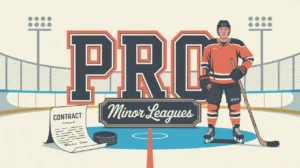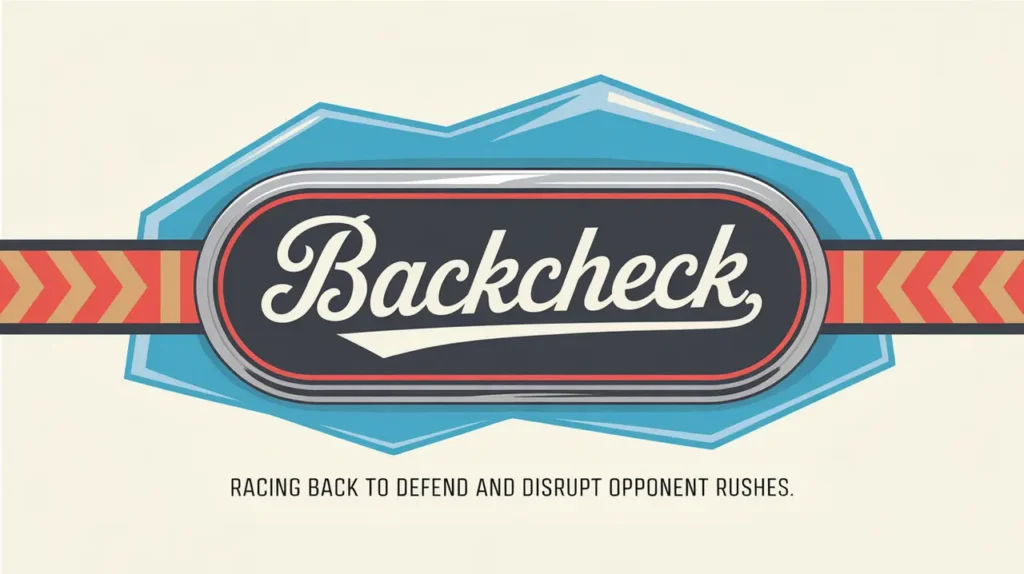Jim’s Intro to Cycle
Hi folks, Jim here, the only commentator who once rode his old speed bike onto the ice because the coach had said the team would be practicing the cycle.
What is the cycle?
The cycle is an offensive tactic where players move the puck along the boards and behind the net in a continuous pattern, maintaining possession while looking for defensive breakdowns. Instead of forcing quick shots, teams use the cycle to tire defenders, open passing lanes, and create high-quality scoring opportunities.
How does it work?
The cycle relies on puck protection, support, and movement:
- Board Work: The puck carrier shields the puck and moves it down low, usually along the boards.
- Player Rotation: Teammates rotate positions. One supports the puck, one moves to a new space, and one stays ready in the slot or high zone.
- Low-to-High Passes: After pulling defenders low, the puck often swings to the point for a shot or quick pass.
- Behind-the-Net Play: Cycling behind the net forces defenders to turn and adjust, creating confusion.
- Sustained Pressure: The tactic aims to keep the puck deep and force defenders to chase, wearing them down.
- Timing and Communication: Players need to read each other’s movements to avoid bunching up or losing structure.
How do you make good decisions with it?
- Protect the Puck First: Don’t force passes under pressure. Shield and move smartly.
- Read Your Teammates: Rotate into open spaces to keep the flow going.
- Wait for Openings: The cycle works by creating gaps, not rushing plays.
- Keep Your Head Up: Look for defenders overcommitting or losing coverage.
- Recognize When to Attack: Transition from cycling to a scoring play at the right moment.
How do you master it?
Mastering the cycle takes communication, positioning, and puck protection skills. Teams drill rotations and support patterns until they’re second nature. Players learn to anticipate each other’s moves, use their bodies to shield defenders, and create dangerous passing lanes with patience.
What does it look like when done right?
A good cycle looks relentless and controlled. The puck moves smoothly along the boards and behind the net, defenders chase and switch, and eventually a seam opens up for a shot from the slot or point. The defense looks exhausted, and the offense looks in full control.
Commentator’s Corner
Jim’s Take
A great cycle is like a merry-go-round with teeth. Defenders get dizzy, and sooner or later, someone pays.
Parent Tip
Watch how players without the puck keep the play alive. Cycling is all about movement and support, not just puckhandling.
Player Tip
Stay patient, move with purpose, and use your body to protect the puck. The cycle works best when everyone buys in.
A Final Thought
The cycle is a cornerstone of sustained offensive pressure. Master it, and your team can control the game deep in the zone, wearing down opponents and creating prime scoring chances.









